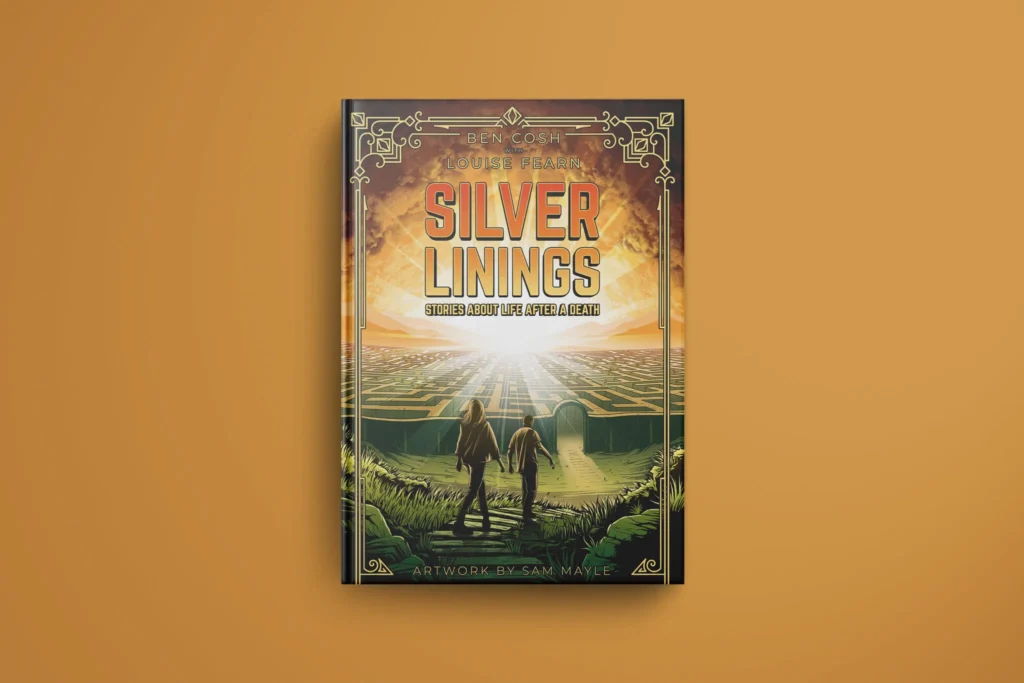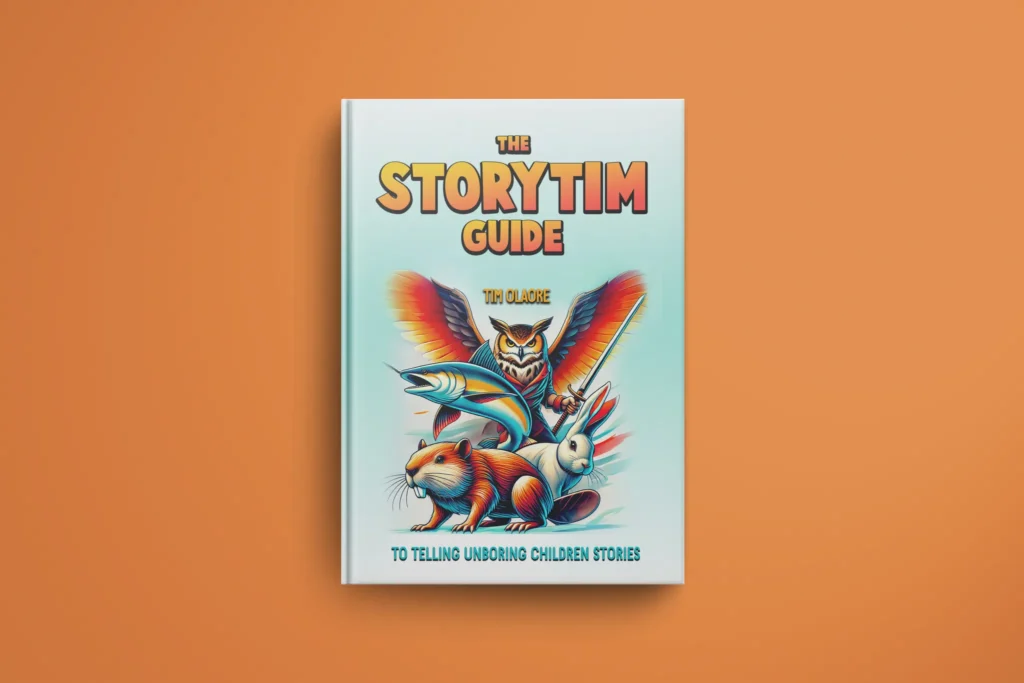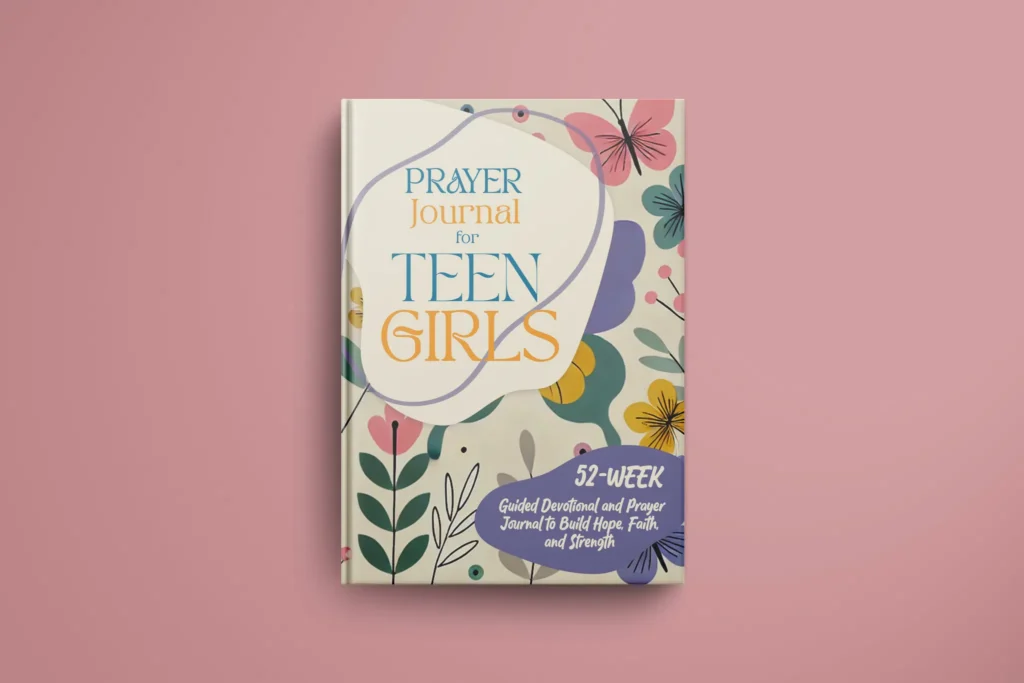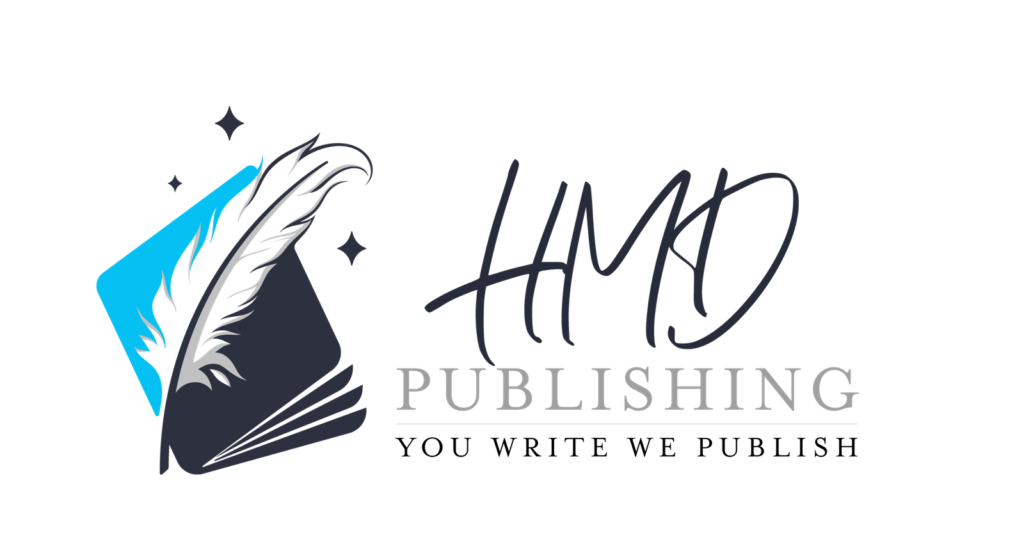Studies show people judge a book in just 7 seconds, and it starts with the cover. That’s how fast you have to win your reader’s attention. Book cover design is all about the graphic art of determining the appearance and physical characteristics of a book. It serves as a crucial bridge between the author’s narrative and potential readers. The purpose of a book cover design is to draw the attention of potential readers and make them think your book is the next one they need on their bedside table.
It is more than just packaging. The book covers functions as powerful marketing tools that communicate genre expectations, establish emotional connections, and ultimately influence purchasing decisions all at once glance.
At its core, book cover design contains both technical and artistic elements. Book cover design consists of text and images that convey a single message, requiring designers to balance visual appeal with functional requirements like readability and genre expectations. The design process involves careful consideration of typography, colour palettes, imagery, and layout to create a cohesive visual story that accurately represents the book’s content while standing out in an already crowded marketplace.
Complete Self-Publishing Solution
However, book cover design can be categorized or divided into five main types based on the imagery used: stock photo manipulation, illustrated covers, 3D modelling, original photography, and premade covers. Each approach offers its advantages and serves different genres and budgets. Stock photo manipulation remains popular due to its accessibility and cost-effectiveness, while illustrated covers provide unique, customizable artwork that guarantees originality. Original photography offers the highest level of customization but requires significant investment, making it ideal for major publications with specific requirements.
What is a Good Book Cover Design?
According to research, a good book cover design successfully passes what industry professionals call the “7-second test”. A brief window during which potential readers decide whether to pick up a book or move on to the next. However, to pass the seven-second test, authors should pay attention to proven guidelines on their cover’s genre, emotional impact, thumbnail, simplicity, and uniqueness.
An effective book cover must demonstrate clear genre alignment. Each genre has established visual conventions that help readers identify their preferred content at first glance. Science fiction and fantasy book cover generally combine fantastical content with a realistic illustration style and even favour specific choices like all-caps titles and blue or amber coloring.
Non-fiction, on the other hand, often uses a sharp or thought-provoking image to engage readers on mental levels. This genre-appropriate design signals to readers that the book delivers the type of experience they are seeking.
Additionally, visual hierarchy is another fundamental principle of a good book cover design. It conveys the message that until and unless the author already has a built household name like Stephen King or J.K. Rowling, the fact lies as the title of the book is most important and not the name of the author. This hierarchy should be established through the strategic use of typography size, color, and placement to guide the reader’s eye to the most crucial information first when they look at the book.
Moreover, space utilization plays a critical role in effective design. For example, such a book cover with proper spacing allows the imagery and text to breathe freely. Utilizing space wisely draws attention to the elements that you want potential readers to focus on when they look at your book.
Lastly, the seven essential elements of effective book cover design include: compelling titles, striking imagery, effective typography, appropriate color palettes, clear author identification, genre-appropriate styling, and strategic space usage. Each element must work harmoniously and seamlessly to create a unified message that resonates with the target audience while maintaining professional appearance standards at the same time.

What is the Cover Art of a Book Called?
The artwork and design elements on a book’s exterior are known by several professional terms, each with specific applications and contexts. The most common term is “book cover,” though the industry uses various specialized terminology depending on the specific format and components involved in creating it.
For hardcover books, the protective outer wrapper is called a “dust jacket” (sometimes referred to as “book jacket,” “dust wrapper,” or “dust cover”). The dust jacket of a book is made as a detachable outer cover that is usually made of paper and printed with text or illustrations on it. This component serves dual purposes: protecting the actual bookbinding from damage while providing space for promotional materials, author information, and visual design elements to attract potential readers.
The actual artwork and imagery featured on covers falls under the broader category of “cover art” or “book cover art.” Industry professionals and experts may also refer to specific design approaches using terms like “stepback” (artwork that appears on the inside cover of romance novels), “printed end sheets” (artwork printed on the interior pages of hardcover books), or “inside cover printing” (artwork on the interior of softcover books) depending on the varying designs.
Additionally, some specialized terms include “French flaps” (the portion of softcover books that folds inward like a dust jacket), “case wraps” (printed covers for hardbound books), and various finishing techniques like foil stamping, embossing, and UV varnishing that enhance the cover’s visual and tactile appeal for readers.
What are the Different Types of Book Covers?
Book covers can be categorized into several distinct types based on their physical construction, binding methods, and intended use. The two primary categories are softcover and hardcover books, and each comes with multiple subcategories and specialized applications. Here are some types discussed below:
Physical Cover Types
The hardcover books (also known as hardbacks or case-bound books) feature thick cardboard or binder board covered with cloth, paper, or leather. The cover is attached to the book block with endpapers and often includes a dust jacket for additional protection at the outer surface.
Paperback books (also called softcover or perfect-bound books) have covers composed of paperboard or very thick stock, with pages glued to the binding. Paperbacks divide into two main subcategories: trade paperbacks (typically 6×9 or 5.5×8.5 inches found in bookstores) and mass-market paperbacks approximately 4×7 inches, commonly used for mystery, science fiction, and romance novels.
Library binding represents a specialized hardcover format with reinforced binding made for more extensive use. It is designed to withstand the regular handling typical in library environments.
Binding Methods
There are different binding techniques that create distinct cover types with specific applications. However, perfect binding involves glueing pages together at the spine with flexible adhesive, and it is ideal for higher page counts like novels or textbooks.
On the other hand, saddle stitching uses staples along the fold line and it is suitable for smaller booklets and magazines.
Spiral binding employs plastic or metal coils through punched holes, allowing books to lay flat. It is perfect for cookbooks and manuals.
Case binding represents the most common hardcover method, where pages are sewn and glued into a separately constructed cover.
Oversewing involves punching vertical holes and sewing signatures together with lockstitches and creates a very strong binding that is suitable for thick books.
Specialty Cover Types
Modern publishing includes various speciality formats: Digital Cloth covers offer a subtle, cloth-like appearance for a premium feel. Matte and gloss finishes provide different tactile and visual experiences. Enhanced editions may feature foil stamping, embossing, UV varnish, and laminating for premium appearance and durability.

What Type of Design is Book Design?
The book design falls under the broader discipline of graphic design, specifically within the specialized field of publication design. Book design is the graphic art of determining the visual and physical characteristics of a book that consists of both the technical and creative aspects of transforming manuscripts into finished publications.
As a publication graphic design speciality, book design includes design work on books, magazines, and digital publications. A book graphic designer must create covers and interiors for textbooks, graphic novels, and chapters for books. A lot of what a book designer does is considered graphic design, requiring expertise in typography, layout, color theory, and visual communication principles necessary for a book to attract potential readers.
The field consists of two primary perspectives: technical and artistic. Book formatting represents the technical side, focusing on specifications, platform requirements, and structural elements like fonts, margins, and spacing. While book layout applies this technical knowledge artistically, ensuring the overall design looks professional while maintaining readability and attractiveness.
Contemporary book design integrates traditional print design principles with digital-first considerations. Designers are supposed to create covers that work effectively across multiple formats ranging from physical bookstore displays to thumbnail images on digital platforms. This dual requirement has elevated book design to a sophisticated discipline requiring understanding of both print production and digital marketing.
Book design follows established graphic design principles: hierarchy, balance, contrast, repetition, and unity. However, it requires specialized knowledge of publishing industry standards, genre conventions, and production constraints that distinguish it from other graphic design specialities.
The book designers also should consider the mechanics of production, such as how it will be bound, the paper, and cover stocks throughout the design process, making it a unique intersection of art, commerce, and manufacturing that requires both creative vision and technical expertise at once.

What are the Current Trends in Book Covers (2025)?
The book cover design landscape of 2025 is characterized by bold experimentation, nostalgic revival, and digital-first thinking. As current trends reflect both escapist desires and sophisticated design sensibilities, creating covers that stand out in both physical and digital marketplaces. Here are some of them discussed below:
Bright Colors and Maximalist Design
The era in which muted tones and grayscale snooze-fests were famous is now officially over. Instead, bright, bold colors are everywhere, extending far beyond their traditional romance genre origins.
Symbolism Over People
The year 2025 marks a significant shift away from literal character representation. This trend of sticking a generic character on the book cover is fading away and slapping meaningful objects, symbols, and landscapes is taking place to attract potential readers.
Illustration Dominance
Illustrations are taking over the book cover landscape, offering unique, customizable artwork that guarantees originality. This trend moves away from stock photography toward hand-crafted visuals that create a distinctive brand identity for authors and publishers. Illustrated covers provide unlimited creative possibilities while ensuring no other book will feature identical imagery.
Typography as Art
Bold typography comes as a dominant trend, with titles trending bold with oversized, styled fonts. However, 2025 sees typography becoming increasingly artistic and experimental. Designers are now creating custom lettering that functions more as artwork than simple text, with distinctive fonts and retro-esque serifs that harken back to the seventies and eighties.
Nostalgic Revival Elements
New romance novel covers are mixing in the familiar and modern by using retro design elements from the 60s, 70s, and 80s with bright colors and geometric patterns. This nostalgic approach extends beyond romance into literary fiction and other genres, creating covers that feel both contemporary and timelessly appealing.
Digital-First Design Considerations
Modern cover design prioritizes thumbnails that are eye-catching and stunning to grab potential readers’ attention. Designers must ensure covers work effectively at small digital sizes while maintaining impact when viewed at full scale. This requirement influences color choices, typography size, and overall composition strategies.
Artful Sophistication
A significant trend involves bold, bright typography in a sans-serif style layered over artwork, often dating back to several centuries. This approach combines classical artistic elements with contemporary design sensibilities.
Premium Physical Editions
There’s a growing market for beautifully crafted, limited-edition books featuring sprayed edges and marbled endpapers. These enhanced physical formats cater to collectors and readers who appreciate books as both content delivery systems and beautiful objects.
However, the 2025 book cover landscape reflects a publishing industry embracing both digital innovation and traditional craftsmanship, creating covers that function as marketing tools, art objects, and genre signals simultaneously. To be successful in this environment requires understanding both classical design principles and contemporary digital marketing realities.
At HMD Publishing, we completely understand these details about the book cover design and its importance for authors. Therefore, we offer top-notch book cover design services to our clients. If you need our services or just want to know more, please feel free to reach out to us here.




